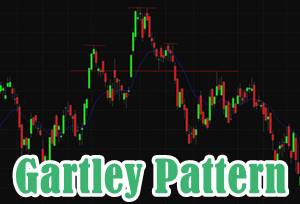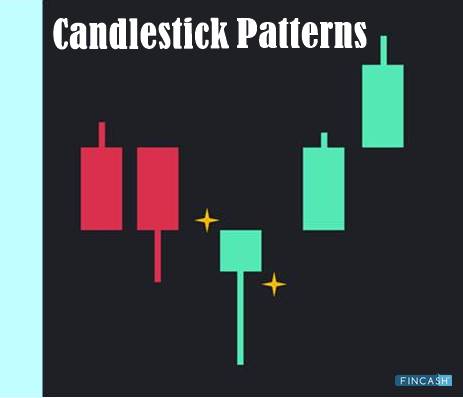
What is Hikkake Pattern?
The hikkake pattern refers to a price pattern used by technical analysts and traders to identify a short-term change in the Market's direction. The pattern has two separate configurations, one signalling a short-term downward price movement and the other implying a short-term upward price trend.

Hikkake is a Japanese term that means "to catch, deceive, or entrap." As a result, the hikkake pattern represents precisely a candle pattern that moves in one way but quickly reverses, trapping traders on the wrong side of the trade.
A bearish hikkake pattern and a bullish hikkake pattern are two variations of the hikkake pattern.
Bullish Hikkake Pattern
The following is an example of a bullish hikkake pattern:
- The first design is an "inside bar." It's a two-bar design in which the first bar obscures the second bar's body.
- The third bar has a lower high and low than the previous two bars.
- The fourth bar, or the fourth as well as the fifth bar, is lower than the third bar.
- The body of the fifth or sixth bar closes above the high of the second bar.
A trader would set a buy stop order at the high of the second bar to profit (the bar is called the inside bar). A buy stop order refers to a purchase order for securities that will be executed after reaching a specific price.
It's worth noting that the open and close positions of the bars are ignored in a bullish hikkake pattern. In other words, the bar's colour does not matter whether it is red (open price is more significant than closing price) or green (open price is lower than Close Price).
Talk to our investment specialist
Bearish Hikkake Pattern
The following is an example of a bullish hikkake pattern:
- The first design is an "inside bar" motif (the first bar completely overshadows the second bar).
- The third bar has a higher high and lower low than the previous two bars.
- The fourth bar, or the fourth and fifth bars, is higher than the third bar.
- The body of the fifth or sixth bar closes below the low of the second bar.
A sell stop order would be placed at the low of the second bar to profit from this pattern. Like the bullish pattern, the bearish hikkake pattern ignores the open and close positions of the bars.
Hikkake Pattern Interpretation
Both the bullish and bearish patterns depict a short-term drop in market Volatility followed by a breakout. The implied projection continues the trend once a hikkake pattern is developed, whether bullish or bearish. It does not guarantee that it will payout in the predicted direction.
Is there a hikkake pattern that can be identified? If so, did the hikkake pattern's implicit forecast come true?
Determine whether there is an inner bar pattern before looking for a probable hikkake pattern. For bars four and five, an inner bar pattern is identified. The following bar, the sixth bar, has a higher open and close than the fifth bar, indicating the possibility of a bearish pattern. The design is verified as the seventh bar drifts above the sixth bar, and the eighth bar's body closes below the fifth bar's low.
All efforts have been made to ensure the information provided here is accurate. However, no guarantees are made regarding correctness of data. Please verify with scheme information document before making any investment.







